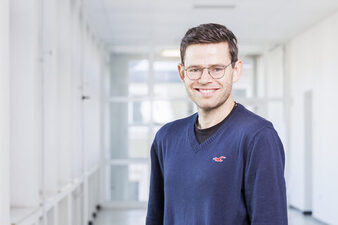About the project
Background
Camera-based photoplethysmography (imaging photoplethysmography, iPPG) enables the contactless recording of blood pulsation. In addition to the biosignals that can also be recorded using conventional PPG, such as heart rate and oxygen saturation, iPPG offers the possibility of analyzing blood flow over a large area. It thus creates completely new possibilities for monitoring in the clinic, but also outside the clinic, e.g. in the case of chronic illnesses, in rehabilitation or in the areas of fitness and wellness.
However, the background to the measurement signal is not yet fully understood. In addition, practical aspects, such as movement artifacts, still pose a major problem. This opens up a wide field for research and development.
Own priorities
We are involved in various projects dealing with the fundamentals and applications of technology. The modeling of pathophysiological conditions and the development of innovative methods of image and signal processing are the focus of our own research and development. Applications include
- in cardiology
- in plastic surgery and
- in home monitoring (especially for chronic diseases)
Literature
(Exemplary selection of own works on the topic)
- S. Zaunseder, A. Trumpp, D. Wedekind, and H. Malberg, "Cardiovascular assessment by imaging photoplethysmography - a review," Biomed. Tech. (Berl), vol. 63, no. 5, pp. 617-634, Oct. 2018.(Opens in a new tab)
- A. Trumpp, J. Lohr, D. Wedekind, M. Schmidt, M. Burghardt, A. R. Heller, H. Malberg, and S. Zaunseder, "Camera-based photoplethysmography in an intraoperative setting," Biomed. Eng. Online, vol. 17, no. 1, p. 33, Mar. 2018.(Opens in a new tab)
- S. Rasche, A. Trumpp, T. Waldow, F. Gaetjen, K. Plötze, D. Wedekind, M. Schmidt, H. Malberg, K. Matschke, and S. Zaunseder, "Camera-based photoplethysmography in critical care patients," Clin. Hemorheol. microcirc., vol. 64, no. 1, pp. 77-90, Nov. 2016.(Opens in a new tab)

